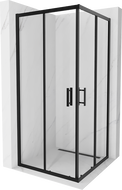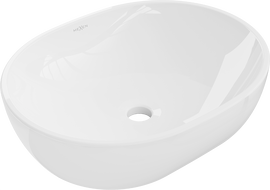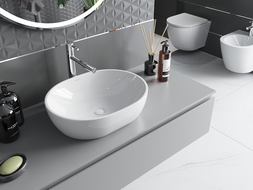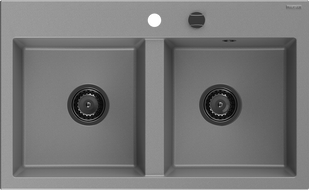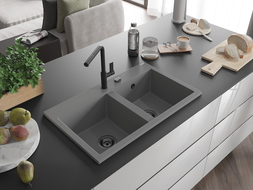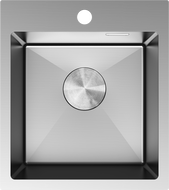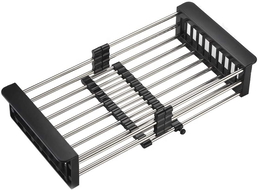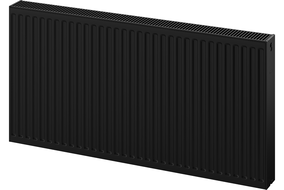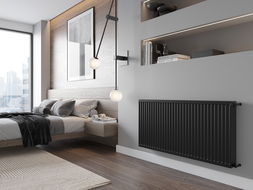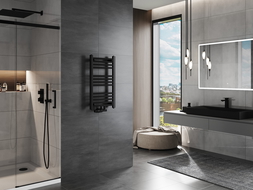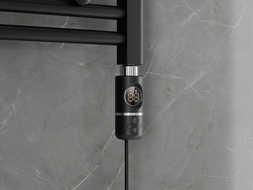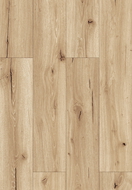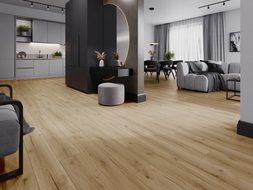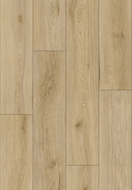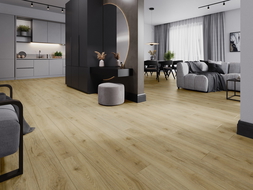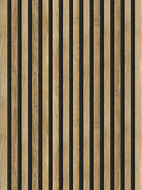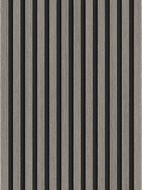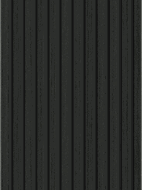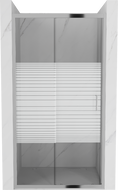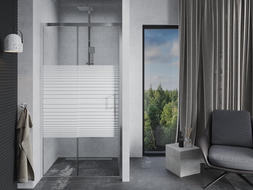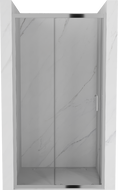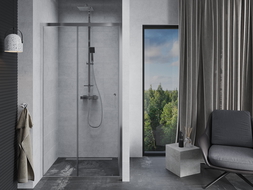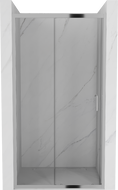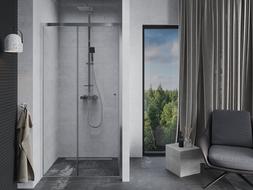
You step out of the shower and... disaster! You step into a cold puddle and slip uncontrollably. For a moment, you balance to regain your equilibrium. Finally, painfully banging your elbow on the door handle, you achieve stability. Like Sherlock Holmes, you set out to investigate the cause of water in the bathroom. You know! The culprit of the unpleasant incident is a leaky shower cabin. You must immediately locate the leak and seal the shower. How to do it? More on that in the following part of the article.
Unpleasant effects of a leaking shower cabin
Leaks in the shower cabin are a significant problem. Soap, shampoo, or other cosmetic-laden water makes the bathroom floor slippery, posing a safety risk to users. Unsightly stains appear on the floor, which may eventually turn into hard-to-remove lime deposits. Leaking water increases bathroom humidity, and the accompanying high temperature creates a specific microclimate conducive to the growth of fungi and mold. These, in turn, not only cause unpleasant odors but are primarily harmful to health. Water from a leaky cabin can seep into walls and floors and, in the case of prolonged accumulation under tiles, even flood lower floors. Thus, determining the location of the leak and sealing the shower cabin as soon as possible is essential. Proper sealing and securing of the cabin against leaks will save us from unpleasant consequences.
When the shower cabin leaks, find the cause of the breakdown!
One of the most common causes of water leakage from the shower cabin is worn or damaged seals. These are found along each longer edge of the door and at the bottom, where the lower part of the door meets the shower base. At first glance, invisible and seemingly insignificant, they can indeed be the causes of leaks appearing in the shower door. Therefore, it is crucial to check their condition and regularly clean them to prevent mold buildup. Due to constant contact with water and detergents, seals are among the fastest wearing parts of any cabin. If we notice that one is damaged, we should replace it immediately. It is important to monitor their condition, which means cleaning and replacing them regularly.
How to seal a shower cabin without professional help?
Replacing shower seals is straightforward and does not require professional intervention. You only need to equip yourself with necessary items, and you can get to work. Shower door seals vary in size, appearance, and application. When choosing the right model, consider the following aspects:
- the thickness of the cabin wall to which the seals are fitted,
- the width of the gap between the door leaves,
- the installation site of the seal,
- the shape of the cabin where it will be installed.
Replacing a seal in shower door
Begin replacement by removing the worn or damaged seal and thoroughly cleaning the entire glass surface to remove any dirt. The glass should be spotless. Insert the new seal into the prepared area and press firmly. Applying dishwashing liquid will make assembly easier. If the seal is slightly too large, apply a small amount of clear silicone. If the purchased seal is longer than the cabin's height, simply cut it to size. For seals installed at the door meeting points, choose magnetic models. The built-in magnet ensures the seals fit closely together, guaranteeing a watertight fit. Remember, after installation, the seal cannot be shifted, so it must be mounted correctly from the start.
Silicone - the expert for waterproofing, the continuation of shower cabin sealing
Even after replacing the seals, the problem is unresolved, and the leaking shower cabin continues to trouble us. What else must we do to seal the shower cabin? Ensure all gaps are properly secured with silicone. It may turn out that water is leaking from under the shower base due to old silicone wear-out or improper grout sealing. In such cases, reach for sanitary silicone which is resistant to high humidity and temperature fluctuations and has antifungal properties. Remove the old seal thoroughly using a special knife and silicone remover, then apply new silicone using a special gun.
Ensure the regular sealing of the shower base
A cabin equipped with a shower base is more prone to leaks. If you live in a multi-story house, a waterproof shower base is especially important to prevent flooding the neighbors below. It is necessary to ensure not only the cabin but also the floor around it is thoroughly sealed. The most critical areas requiring silicone sealing:
- the connection between the shower base and each adjoining wall,
- gaps between the cabin and the base,
- joints between the edge of the base and the tiles inside the shower,
- places where shower profiles are fixed to the wall.
For sealing shower cabins and bases, choose products resistant to detergents, large temperature differences, and UV radiation, such as sanitary silicones specifically designed for high humidity areas. Such sealants ensure 100% waterproofing and protect against unwelcome surprises.

